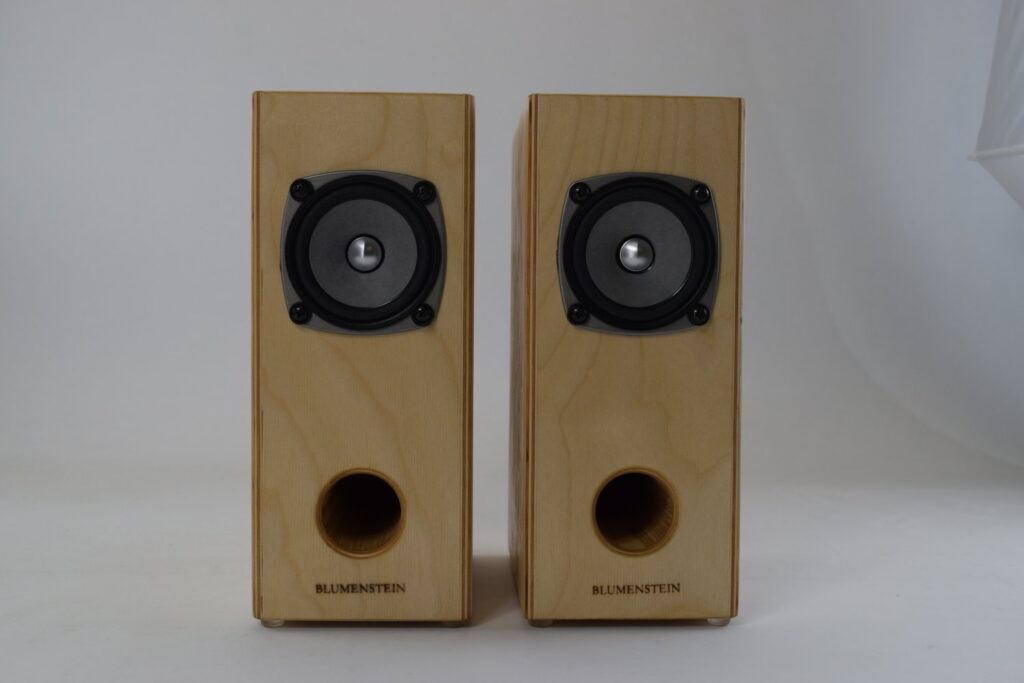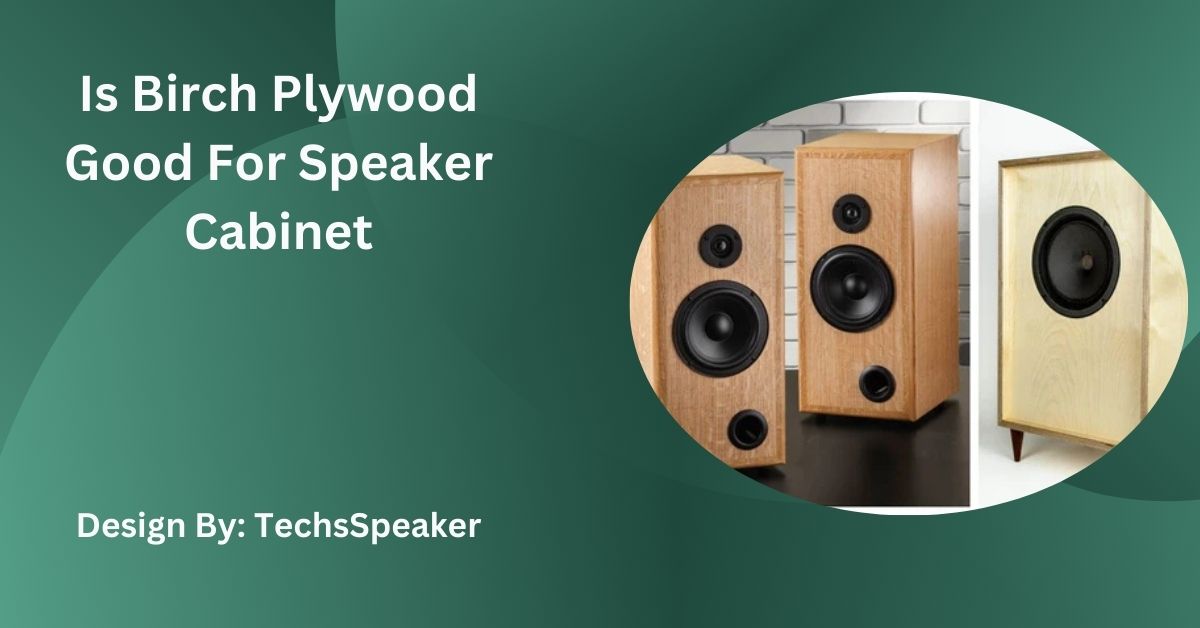Birch plywood is great for making speaker boxes because it is high-quality, long-lasting, looks good, and isn’t too heavy. This makes it perfect for making high-quality sound.
When making speaker cabinets, the material you choose is very important for how they look, how well they sound, and how long they last. Birch plywood is often suggested for this use, but why is it thought to be a good choice?
This piece will talk about why birch plywood is a great choice for speaker cabinets, what its benefits are, and what makes it different from other materials.
A type of engineered wood called birch plywood is made from layers of birch boards that are glued together so that the grain of each layer runs perpendicular to the grain of the layers next to it. Birch plywood is strong and stable because of the way it is made.

Birch board is famous for how well it blocks noise. It makes a sound that is well-balanced and has little distortion and vibration. Because of this, the sound is clear and accurate, which makes it perfect for speaker cabinets.
One of the key advantages of birch plywood is its durability. It is a strong and stable material that can withstand the rigors of daily use. This makes it a reliable choice for speaker cabinets, which need to endure vibrations and occasional knocks.
Birch plywood has a smooth and attractive finish that can enhance the look of your speaker cabinets. It can be easily stained or painted to match your decor, giving your speakers a professional and polished appearance.
Compared to other types of plywood and solid wood, birch plywood is relatively lightweight. This makes it easier to handle and transport, especially if you’re building large speaker cabinets.
MDF is another popular material for speaker cabinets. While it is dense and provides good acoustic properties, it is heavier than birch plywood and less durable. MDF is also more prone to damage from moisture.
Solid wood offers a natural look and excellent acoustic properties, but it is expensive and can be affected by changes in humidity. Birch plywood, on the other hand, is more affordable and stable in different environmental conditions.
Birch plywood’s structure helps in reducing unwanted vibrations and resonance, which can distort sound. This ensures that the sound produced by the speakers is clean and accurate. The dense nature of birch plywood helps in maintaining the integrity of the sound waves, providing a better listening experience.
Also Read: How To Turn Off Internal Speaker In Windows 7 – Detailed Guide!
- Birch plywood sheets
- Screws and nails
- Wood glue
- Acoustic foam
- Speaker components (drivers, crossovers, terminals)
Measure and cut the birch plywood sheets according to the dimensions of your speaker cabinet design. Ensure precise cuts for a tight and secure fit.
Use wood glue and screws to assemble the plywood pieces into a box. Reinforce the joints for added strength and stability.
Line the inside of the cabinet with acoustic foam to improve sound quality and reduce resonance.
Install the speaker drivers, crossovers, and terminals into the cabinet. Ensure all components are securely fastened and properly wired.
Sand the exterior of the cabinet and apply your choice of finish, whether it’s paint, stain, or varnish, to give it a polished look.
- Choose High-Quality Birch Plywood: Opt for high-quality birch plywood with few voids and consistent thickness. This will ensure better sound quality and a more durable cabinet.
- Use the Right Tools: Use sharp saw blades and appropriate woodworking tools to avoid splintering the edges of the plywood. This will help in achieving clean cuts and smooth edges.
- Proper Sealing: Seal the edges of the plywood with wood sealant to prevent moisture absorption and to enhance durability.

To ensure the longevity of your birch plywood speaker cabinets, follow these maintenance tips:
- Avoid Moisture: Keep the cabinets away from damp areas to prevent warping or damage.
- Regular Cleaning: Dust the cabinets regularly with a soft cloth to maintain their appearance.
- Handle with Care: Avoid placing heavy objects on the cabinets or subjecting them to excessive force.
Apart from speaker cabinets, birch plywood is also used in other audio applications, such as:
- Acoustic Panels: For sound absorption and noise reduction in studios and auditoriums.
- Subwoofer Enclosures: To handle the low-frequency vibrations and provide robust support.
- Instrument Cases: For protecting musical instruments due to its strength and lightweight properties.
Birch plywood provides excellent acoustic properties, durability, and aesthetic appeal, making it a top choice for clear and accurate sound reproduction in speaker cabinets.
The dense structure of birch plywood reduces unwanted vibrations and resonance, ensuring clean and accurate sound production for a better listening experience.
Yes, birch plywood is generally better than MDF for speaker cabinets due to its superior durability, lighter weight, and better resistance to moisture.
Yes, birch plywood is lightweight yet strong, making it an excellent choice for large speaker cabinets, as it is easy to handle and transport.
To maintain birch plywood speaker cabinets, avoid moisture, clean regularly with a soft cloth, and handle with care to prevent damage.
Birch plywood is a top choice for building speaker cabinets due to its superior acoustic properties, durability, and aesthetic appeal. Its structure helps reduce unwanted vibrations, ensuring high-quality sound reproduction. Additionally, birch plywood is lightweight, making it easy to handle and transport. By following proper maintenance tips and choosing high-quality materials, you can create speaker cabinets that not only perform exceptionally well but also look great in any setting.
